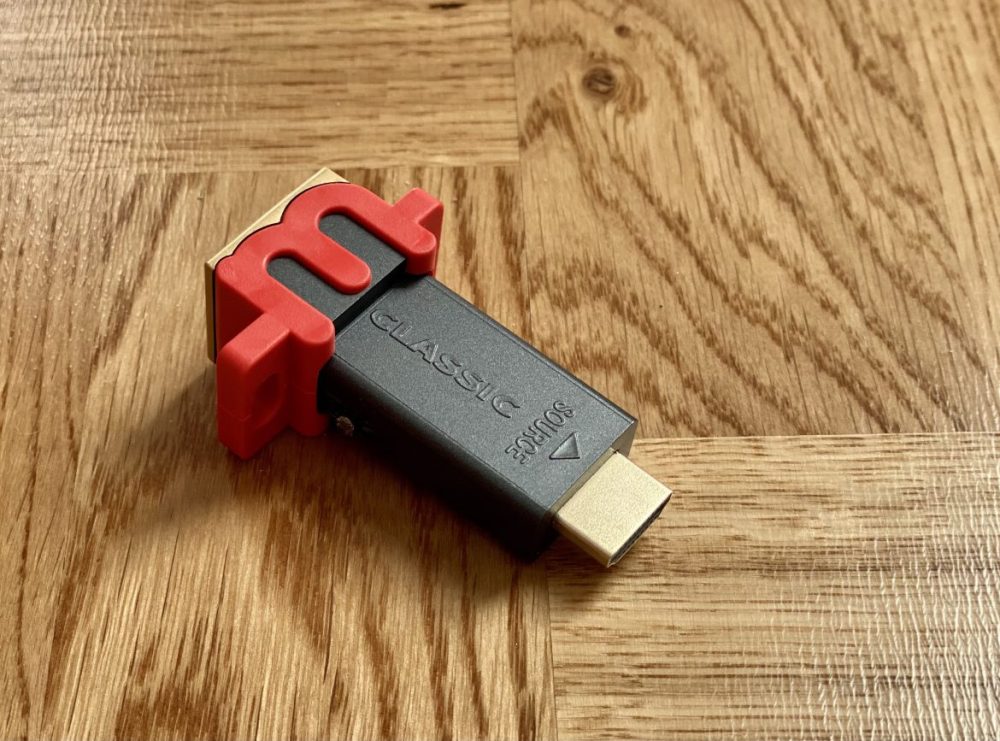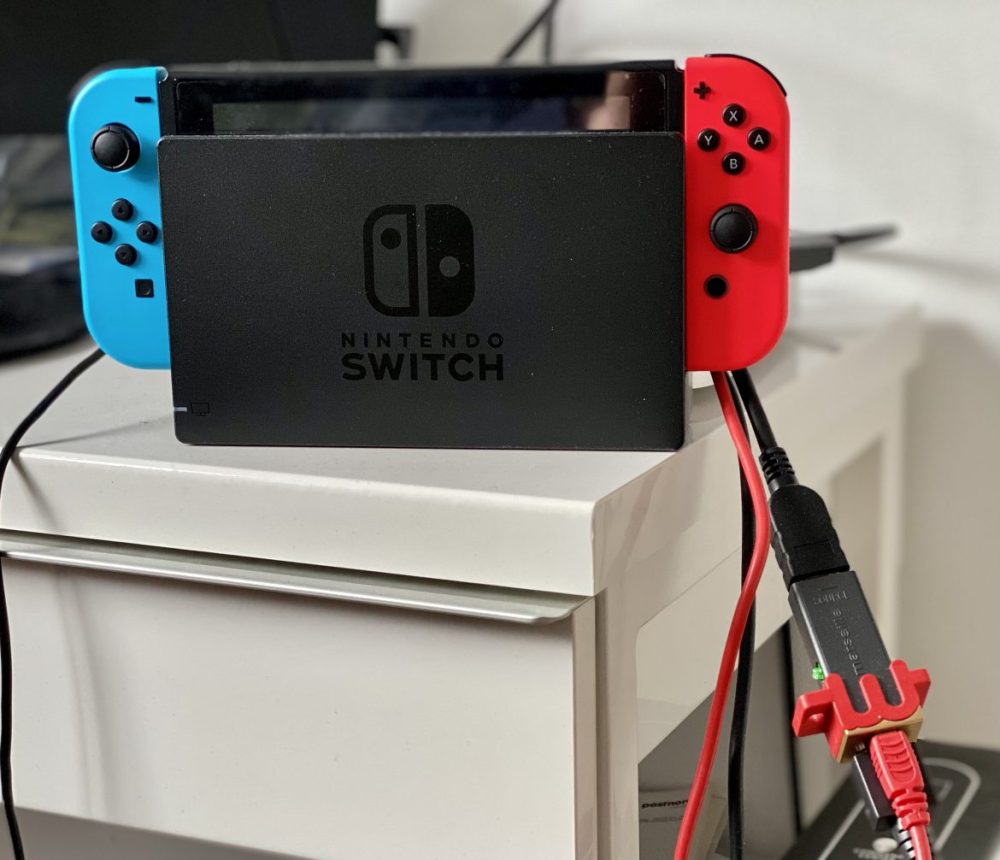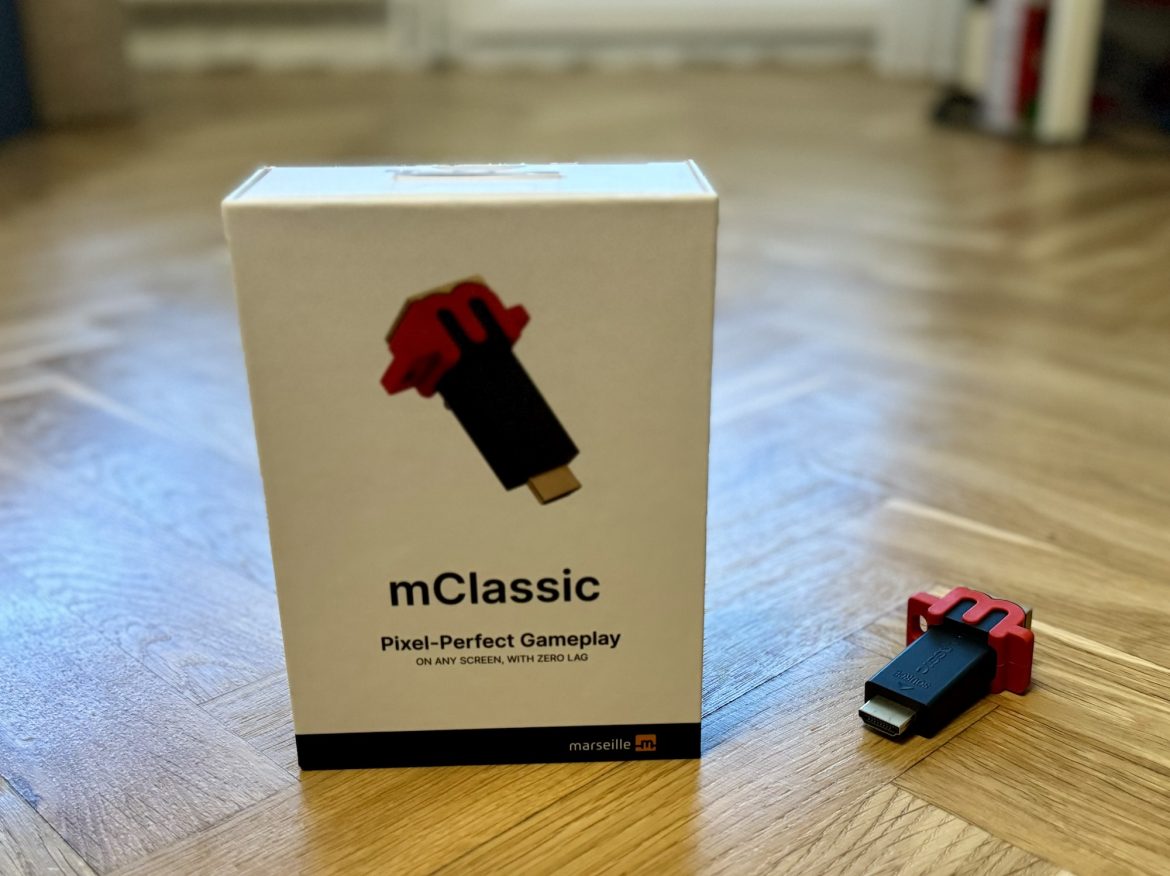TL;DR
Marseille's mClassic HDMI dongle promises to boost graphics for consoles like the Nintendo Switch and retro systems by upscaling resolution and adding anti-aliasing. It's easy to set up and offers noticeable improvements for Switch games, making them sharper and more vibrant, especially titles lacking native anti-aliasing. Retro gamers will find the most significant benefits, with older consoles appearing significantly better. However, the mClassic doesn't support 4K or HDR and can even diminish the experience on newer, more powerful consoles like the PS4 Pro or Xbox One X. If you're a Switch owner or a retro gaming enthusiast looking to enhance your experience, this might be a worthwhile investment, but its value diminishes on more modern hardware. Discover if it's the right upgrade for your setup!
Graphics cards are commonly associated with PCs, where the spectrum ranges from integrated solutions suitable for office tasks to high-end ray-tracing cards that push the boundaries of game development (and strain your budget), often utilized for cryptocurrency mining. Consoles offer the advantage (and disadvantage) of a fixed hardware configuration, ensuring consistent experiences for all players, but also leading to faster obsolescence. Marseille Inc, following a successful Kickstarter campaign, aims to challenge this paradigm with the mClassic, an external graphics processor in the form of an HDMI dongle. This device promises enhanced graphics and higher resolutions. But does it deliver? And how significant are the improvements across different platforms? senses investigates the technology and provides answers.
The mClassic boasts a remarkably simple setup, offering true plug-and-play functionality. Requiring no specialized knowledge or software installation, users simply connect two cables. The package includes an HDMI dongle (housing the processor), an extension cable (facilitating connection to the Switch’s dock), and a USB cable for power (1W), sourced either from the console or an external power supply if the console’s USB port is unavailable. The dongle features three operational modes: off (pass-through), on (green LED, optimized for modern 16:9 games with upscaling, Anti-Aliasing, and sharpening), and retro mode (blue LED), designed for 4:3 aspect ratios and older consoles outputting at 480p or higher. We’ll delve deeper into the retro mode’s performance later.

The mClassic operates by analyzing the HDMI data stream, and where appropriate, upscaling the resolution, enhancing colors, and smoothing edges through intelligent Anti-Aliasing (AA). This technology builds on the previous mCable, also from Marseille Inc, which was a dedicated HDMI cable with similar functionality. The mClassic is an updated version, offering higher resolutions and the convenience of toggling the effect on or off. With a price of 1200 SEK, a considerable investment, the key question is: how much of an impact does it make, and for which users?
Game Formats That Benefit from mClassic
The mClassic can upscale 480p, 720p@60fps, and 1080p@60fps signals to 1440p. (The earlier mCable version was limited to 1080p). It’s important to note that this is not native 4K (2160p), despite some marketing materials implying this. Perhaps a future iteration will offer true 4K support. The distinction between upscaling and native resolution is crucial. Modern displays incorporate sophisticated upscaling algorithms to fill the screen, but native resolution inherently requires less processing and yields a sharper, more detailed image. (Attempting to artificially add sharpness or detail through TV settings typically results in unwanted noise and artifacts). The mClassic delivers either 1080p or 1440p output, depending on the input signal. This provides a noticeable improvement for platforms like the Nintendo Switch. Games appear more vibrant, edges are smoother (thanks to AA), and overall sharpness is improved. While the results are not transformative, the difference is perceptible when toggling the processor on and off, provided you have a good image source. For those anticipating a “Switch Pro,” this offers a welcome enhancement. Many Switch titles lack native AA support, making the mClassic particularly effective. Prime examples include Mario Odyssey and Mario Kart 8 Deluxe, which exhibit a near “next-gen” visual quality with the mClassic connected.
The mClassic truly excels with retro consoles. The primary challenge lies in HDMI connectivity. While Playstation 3, Xbox 360, and Wii U offer native HDMI output, earlier generations rely on SCART, S-video, and RCA connections. We connected our beloved SEGA Dreamcast, initially considering internal HDMI modification, but discovered that a SCART-to-HDMI converter yielded satisfactory results. Given the Dreamcast’s native 480p output, the improvement was significant. The enhanced 60fps output, coupled with vibrant colors, sharper details, and reduced aliasing, provided a truly enjoyable experience. Similar improvements were observed with Game Cube, PS2, and the original Xbox. Retro gamers will likely derive the greatest benefit from the mClassic.
What You Should Not Expect from mClassic
Despite its capabilities, the mClassic has some technical limitations. It supports HDMI 1.4 bandwidth, limiting it to 4:2:0 color subsampling (and therefore not full RGB) and precluding HDR support. This represents a potential downgrade in color management for modern consoles like PS4 and Xbox One, even with the mClassic’s processing (a workaround for HDCP 2.2 exists, but requires additional hardware). Utilizing the dongle with platforms that already support native 4K and employ their own graphics enhancement techniques (such as PS4 Pro and Xbox One X) can be counterproductive. The mClassic offers minimal visible improvement in these scenarios and may even negatively impact color management and image processing. The situation is similar for next-generation consoles. While the mClassic can upscale to 1440p with certain inputs, it typically outputs at 1080p (Full HD), representing a resolution downgrade compared to the native capabilities of these consoles.
Although the mClassic can process 4K signals, it is limited to a 30Hz refresh rate (as well as 24 and 25Hz, primarily used for film and TV content already well-upscaled by modern UHD players and televisions). This can be a bottleneck for games that utilize dynamic resolution scaling up to 4K at 60fps.

When using the mClassic for retro gaming, remember that it upscales from 480p and 720p, with optimal results from the former. Older consoles (generation 5 and earlier), such as SEGA Mega Drive, Playstation (PSX), and SEGA Saturn, typically output around 240p. In these cases, a line doubler is necessary to deinterlace and progressively render the image at 480p, potentially adding an additional 1500-2000 SEK to the setup cost.
The further back in console history one goes, the more complex and subjective the process becomes. Users familiar with mini-consoles like NES, SNES, and Mega Drive will know that emulator settings can aggressively “improve” the image to the point where the game no longer resembles its original, nostalgic form. While scanlines may not be missed, neither is an overly sharp, flattened, pastel-toned rendition. This consideration becomes increasingly important with older games and more distant memories. For formats like PS2, Dreamcast, and Wii, the mClassic generally enhances the experience. However, with earlier platforms, it risks distorting the original aesthetic. (We will explore this further in our upcoming review of the Amiga 500 Mini later this spring).
Summary mClassic
The mClassic is a well-designed HDMI dongle incorporating a graphics processor that will appeal to image-conscious Switch and retro gamers. However, at 1200 SEK, it represents a significant investment, almost a third of the cost of a new console. The benefits are realized only in specific scenarios and with certain games; on other platforms, it offers little to no improvement, and may even detract from the experience. If you do not use a Switch or select retro consoles (generation 6) with a large-screen TV or projector, its value is questionable. Nevertheless, for those seeking to revitalize their Switch games (while awaiting a Switch 2 / Pro) and for retro enthusiasts, the mClassic is a worthwhile investment that we anticipate revisiting in future reviews.
mClassic provided review samples of this product. Provision of materials does not influence our editorial independence; our reviews are conducted for the benefit of our readers and consumers.

